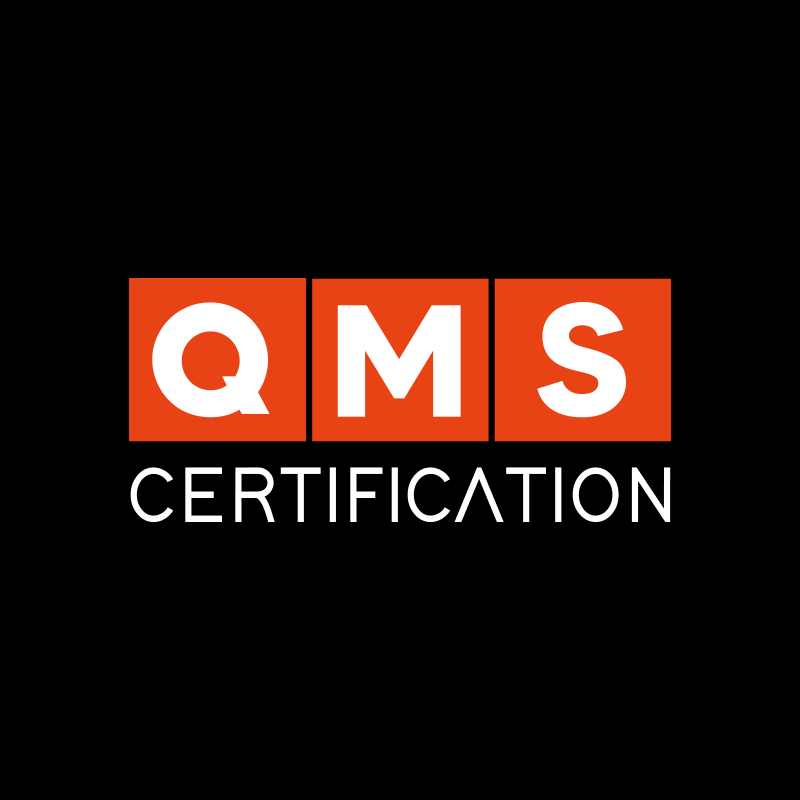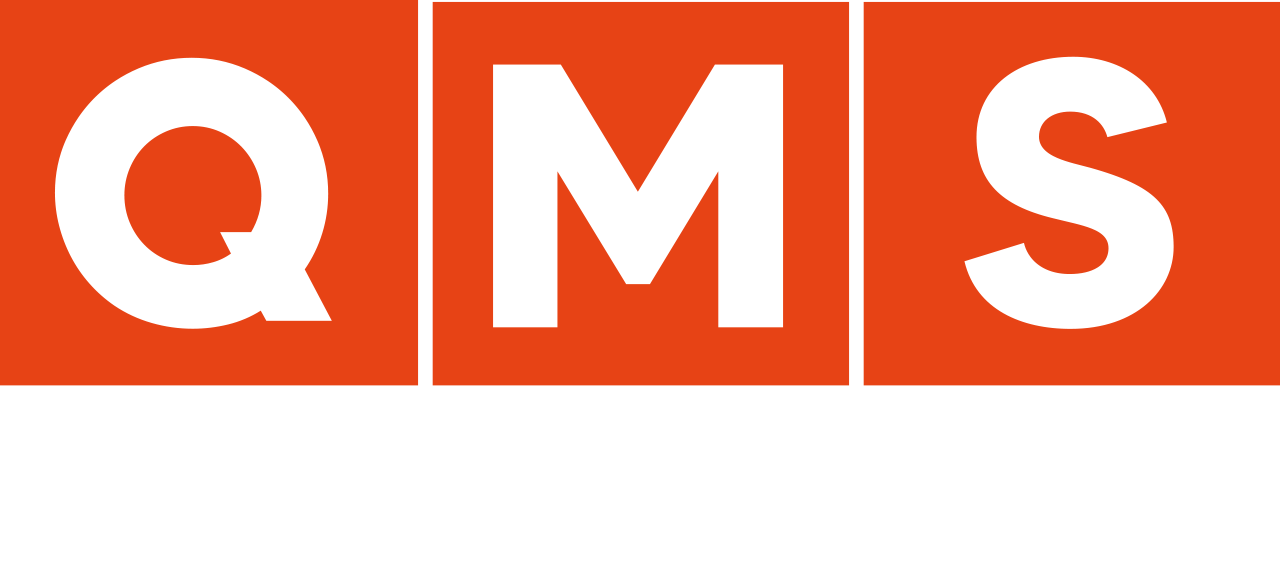At the heart of many organizations globally, it has the potential to transform work environments, making them safer and more optimized. But what is the true significance of this standard, and how can it benefit your company?
What is ISO 45001?
ISO 45001, in its most recent 2018 version, is a standard that outlines the requirements for occupational health and safety management systems. Its primary purpose is to provide a safe work environment, where occupational risks are properly identified, assessed, and controlled. By adopting it, organizations demonstrate their commitment not only to the well-being of their employees but also to regulatory compliance and continuous improvement.
What are the benefits of implementation?
Implementing ISO 45001 brings a range of tangible and intangible advantages to organizations:
- Cost Reduction: By preventing accidents and occupational illnesses, companies can significantly reduce costs related to absences and medical treatments.
- Improved Organizational Performance: Teams working in safe environments are more productive and engaged.
- Regulatory Compliance: The standard assists companies in complying with legal requirements, avoiding potential penalties and sanctions.
- Corporate Reputation: Certified organizations are often viewed with greater trust by stakeholders, including customers, suppliers, and investors.
Who is it for?
Although commonly associated with sectors with evident occupational risks, like construction and the chemical industry, ISO 45001 is relevant for any organization that values the health and safety of its employees, regardless of its size or sector.
How does ISO 45001 integrate with other management systems?
It’s common for organizations to already hold certifications such as ISO 9001 (Quality Management) and ISO 14001 (Environmental Management). Integrating ISO 45001 with these systems can consolidate a holistic approach where quality, environment, and health and safety are addressed synergistically. This integration, in addition to optimizing processes, amplifies the benefits for the company and its stakeholders.
How long does it take to implement?
The time to implement ISO 45001 varies. Organizations with established safety practices and regulatory compliance may find a shorter path to certification. However, regardless of the starting point, the commitment to continuous improvement and the well-being of employees should always be paramount.
Conclusion
ISO 45001 is more than just a certification; it’s a commitment to a safer and healthier workplace. Whether it’s to meet legal requirements, enhance corporate reputation, or simply take care of the people who make the company run, the standard is an essential step in any organization’s journey towards excellence. If you’re considering adopting it, remember: investing in the health and safety of your employees will always yield positive returns.











